Borenstein, Seth. 31 August 2015. “Fossils Show Big Bug Ruled the Seas 460 Million Years Ago.” MSN > News. Retrieved September 3, 2015.
- Available @ http://www.msn.com/en-us/news/other/fossils-show-big-bug-ruled-the-seas-460-million-years-ago/ar-AAdNXCS?ocid=ansmsnnews11
Borenstein, Seth. 1 September 2015. “Iowa Fossils Show Giant Sea Scorpion Was Dominant Predator of Its Time.” The Globe and Mail > News > World. Retrieved September 3, 2015.
- Available @ http://www.theglobeandmail.com/news/world/iowa-fossils-show-giant-sea-scorpion-was-dominant-predator-of-its-time/article26172832/?cmpid=rss1
Bräuer, Alexander. 04/08/2016. "Introducing the 'Tiere der Urwelt' Trilogy: Trading Cards as Artifacts." Universität Rostock Institut für Anglistik/Amerikanistik (IAA) > Forschung > laufende Forschungsprojekte > Project > Artifacts > Tiere der Urwelt Trilogy.
- Available @ https://www.iaa.uni-rostock.de/forschung/laufende-forschungsprojekte/american-antiquities-prof-mackenthun/project/artifacts/tiere-der-urwelt-trilogy/
De Pastino, Blake. 31 August 2015. “’Incredibly Bizarre’ Giant Sea Scorpion Discovered in Iowa Fossil.” Western Digs > Dinosaurs & Ancient Life > Fossils. Retrieved September 3, 2015.
- Available @ http://westerndigs.org/incredibly-bizarre-giant-sea-scorpion-discovered-in-iowa-fossil/
Feltman, Rachel; and Kaplan, Sarah. 1 September 2015. “’Bizarre’ Giant Sea Scorpion May Have Been the World’s First Big Predator.” The Washington Post > Speaking of Science. Retrieved September 3, 2015.
- Available @ http://www.washingtonpost.com/news/speaking-of-science/wp/2015/09/01/bizarre-giant-sea-scorpion-may-have-been-the-worlds-first-big-predator/
Ferreira, Becky. 31 August 2015. “This Prehistoric Sea Scorpion Was the Size of a Person.” Motherboard. Retrieved September 3, 2015.
- Available @ http://motherboard.vice.com/read/this-prehistoric-sea-scorpion-was-the-size-of-a-person
Geggel, Laura. 1 September 2015. “’Bizarre’ Human-size Sea Scorpion Found in Meteorite Crater.” MSN > News > LiveScience. Retrieved September 3, 2015.
- Available @ http://www.msn.com/en-us/news/us/bizarre-human-size-sea-scorpion-found-in-meteorite-crater/ar-AAdPIwD?ocid=ansmsnnews11
Haines, Lester. 1 September 2015. “Giant Sea Scorpion Which Prowled Ancient Oceans Revealed.” The Register > Science. Retrieved September 3, 2015.
- Available @ http://www.theregister.co.uk/2015/09/01/giant_sea_scorpion/
Hays, Brooks. 1 September 2015. “Scientists Discover Ancient Six-Foot-Long Sea Scorpion.” UPI > Science News. Retrieved September 3, 2015.
- Available @ http://www.upi.com/Science_News/2015/09/01/Scientists-discover-ancient-six-foot-long-sea-scorpion/2191441113267/
Kaplan, Sarah. 1 September 2015. “Scientists Find Earth’s First Big Predator: A Terrifying Giant Sea Scorpion.” The Sydney Morning Herald > Environment > Animals. Retrieved September 3, 2015.
- Available @ http://www.smh.com.au/environment/animals/monstrous-ancient-sea-scorpion-discovered-in-us-grew-to-nearly-183-metres-long-20150901-gjcxrw.html
Lamsdell, James C.; Briggs, Derek E.G.; Liu, Huaibao P.; Witzke, Brian J.; and McKay, Robert M. 31 August 2015. “The Oldest Described Eurypterid: A Giant Ordovician (Darriwilian) Megalograptid from the Winneshiek Lagerstätte of Iowa.” BMC Evolutionary Biology 15:169. doi.org/10.1186/s12862-015-0443-9. Retrieved September 3, 2015.
- Available @ http://www.biomedcentral.com/1471-2148/15/169
- Available @ https://www.researchgate.net/publication/281521147_The_oldest_described_eurypterid_a_giant_Middle_Ordovician_Darriwilian_megalograptid_from_the_Winneshiek_Lagerstatte_of_Iowa
- Available @ https://www.ncbi.nlm.nih.gov/pmc/articles/PMC4556007/
Martin, Sean. 1 September 2015. “Fossilised ‘Giant Sea Scorpion’ Discovered in Iowa. International Business Times > Science. Retrieved September 3, 2015.
- Available @ http://www.ibtimes.co.uk/fossilised-giant-sea-scorpion-discovered-iowa-1517523
Payne, Ed. 1 September 1, 2015. “Met the Scorpion’s Prehistoric, Bigger, Badder Cousin.” CNN > U.S. Retrieved September 3, 2015.
- Available @ http://www.cnn.com/2015/09/01/us/prehistoric-sea-scorpion/index.html
Pratt, Sara E. 7 July 2013. “Iowa Impact Crater Confirmed.” Earth > Magazine. Retrieved September 3, 2015.
- Available @ http://www.earthmagazine.org/article/iowa-impact-crater-confirmed
The Associated Press. 1 September 2015. “Giant Sea Scorpion May Have Been Earth’s 1st Big Predator.” CBC News > Technology & Science. Retrieved September 3, 2015.
- Available @ http://www.cbc.ca/news/technology/giant-sea-scorpion-may-have-been-earth-s-1st-big-predator-1.3211106?cmp=rss
Winston, Joel. 31 August 2015. “Giant ‘Sea Scorpion’ Fossil Discovered.” EurekAlert! > Public Releases. Retrieved September 3, 2015.
- Available @ http://www.earthmagazine.org/article/iowa-impact-crater-confirmed
Yale University. 1 September 2015. “Meet Pentecopterus, a Giant Sea Scorpion: Predator from Prehistoric Seas.” Science Daily > Releases. Retrieved September 3, 2015.
- Available @ http://www.sciencedaily.com/releases/2015/09/150901100545.htm


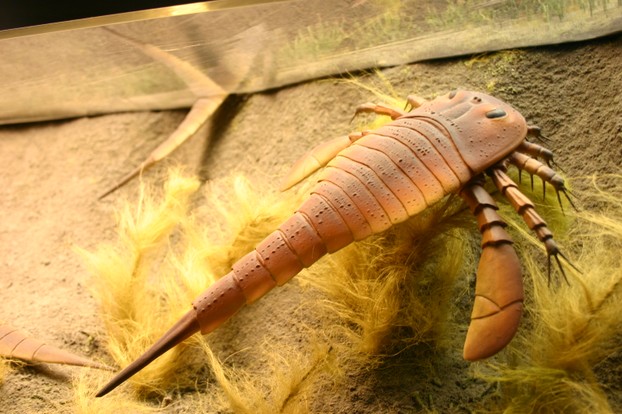
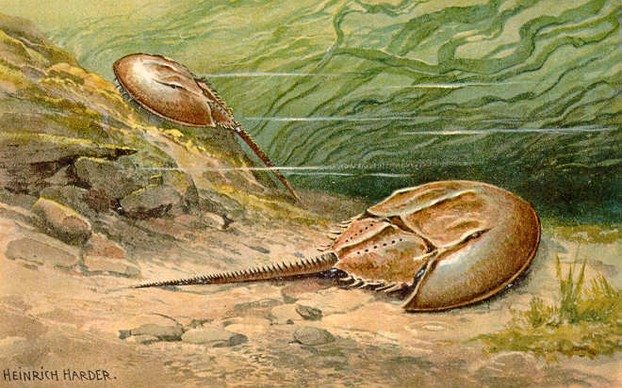
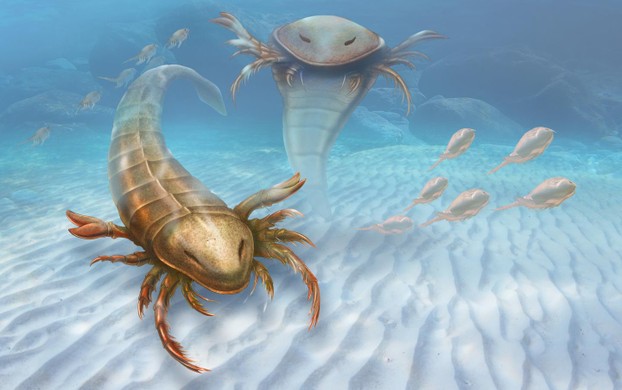
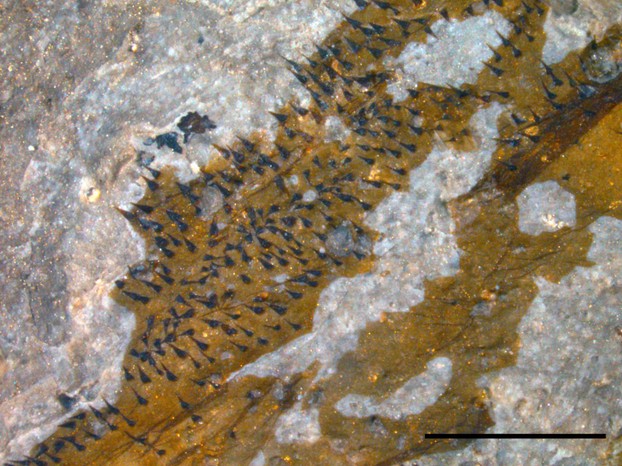
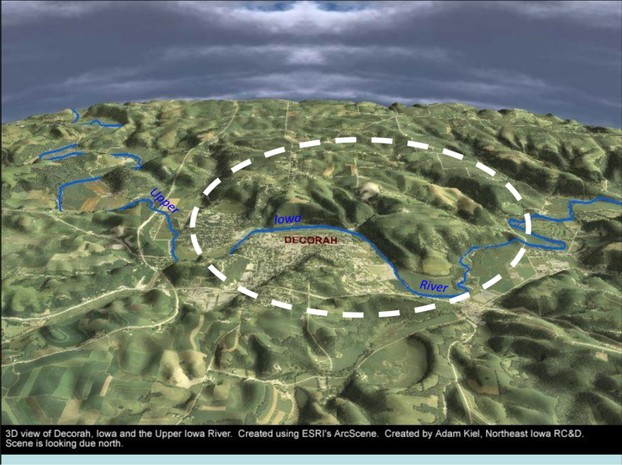



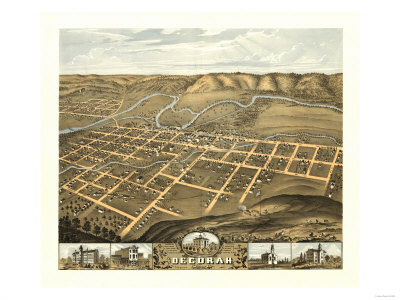
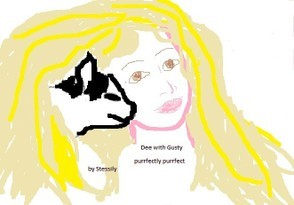
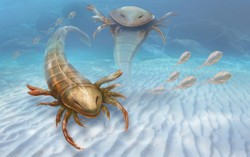

 Are Hawaiian Huakai Po Nightmarchers Avenging Halloween Thursday?on 10/02/2024
Are Hawaiian Huakai Po Nightmarchers Avenging Halloween Thursday?on 10/02/2024
 Mailing Addresses for 2023 Form 4868 Extending 1040 and 1040SR April 15, 2024, Due Dateon 04/15/2024
Mailing Addresses for 2023 Form 4868 Extending 1040 and 1040SR April 15, 2024, Due Dateon 04/15/2024
 Mailing Addresses for 2023 Forms 1040 and 1040SR Filed in 2024on 04/15/2024
Mailing Addresses for 2023 Forms 1040 and 1040SR Filed in 2024on 04/15/2024
 Mailing Addresses for 2022 Form 4868 Extending 1040 and 1040SR April 18, 2023, Due Dateon 04/13/2023
Mailing Addresses for 2022 Form 4868 Extending 1040 and 1040SR April 18, 2023, Due Dateon 04/13/2023

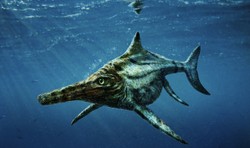
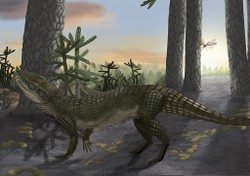
Comments
blackspanielgallery, Considering all the development worldwide, it's amazing that anything still gets found!
It is amazing what fossils can be found.